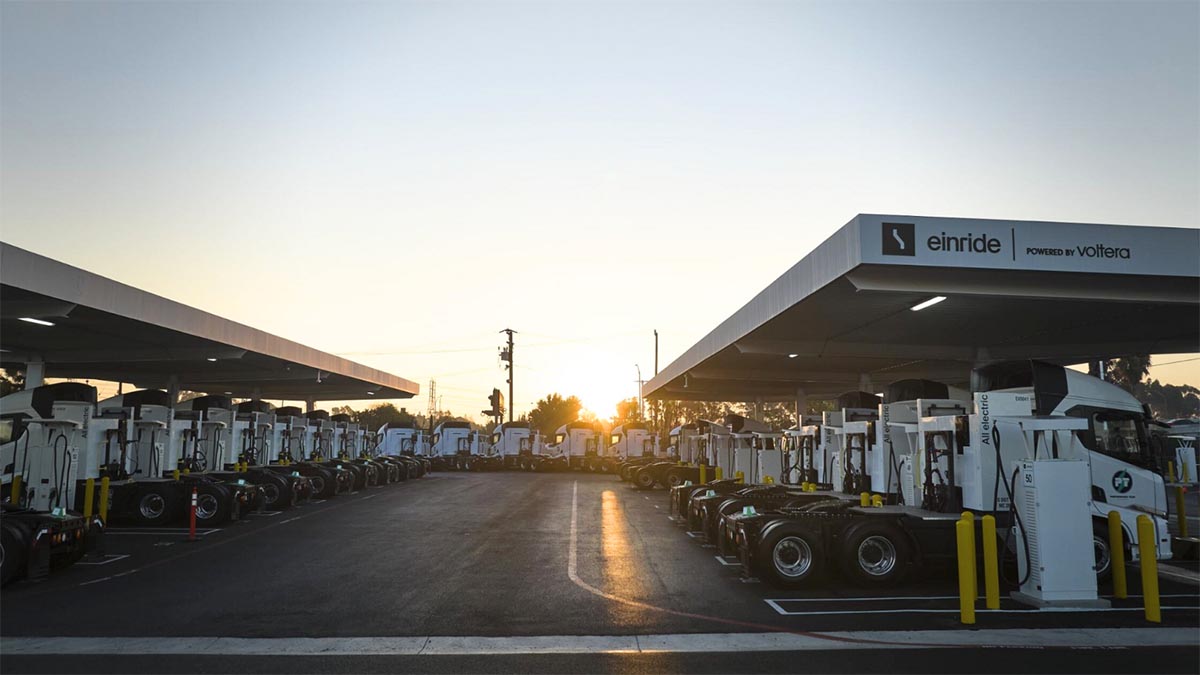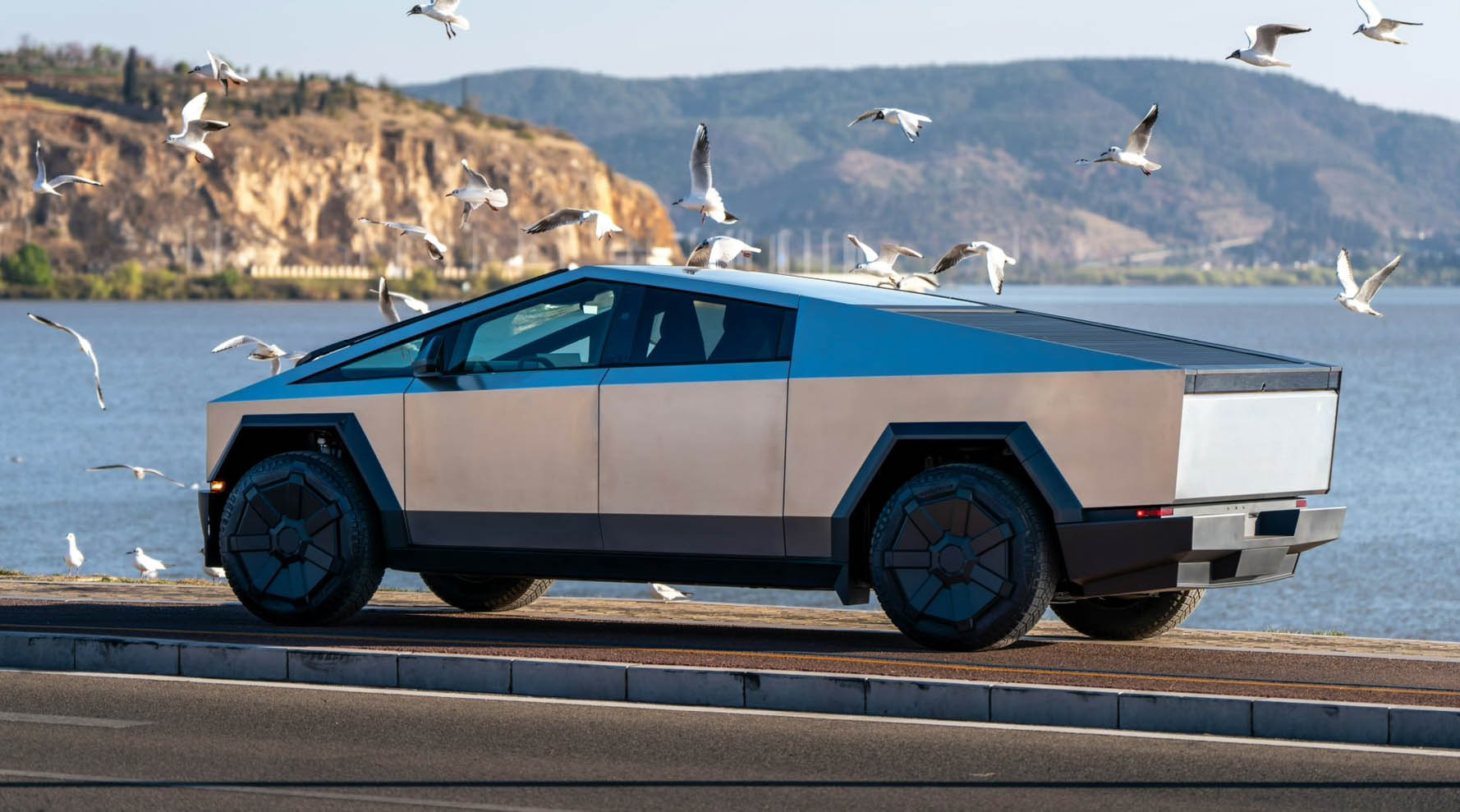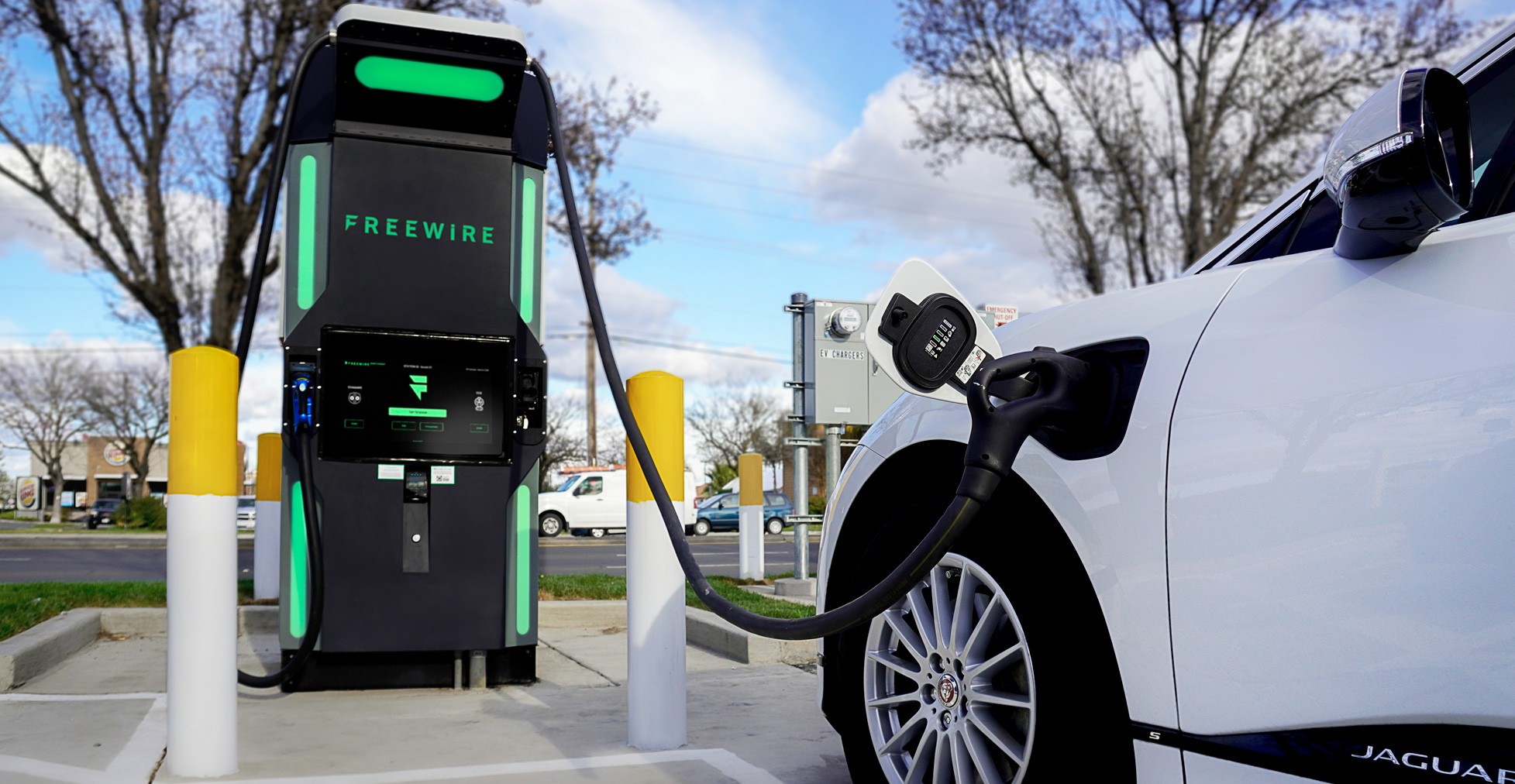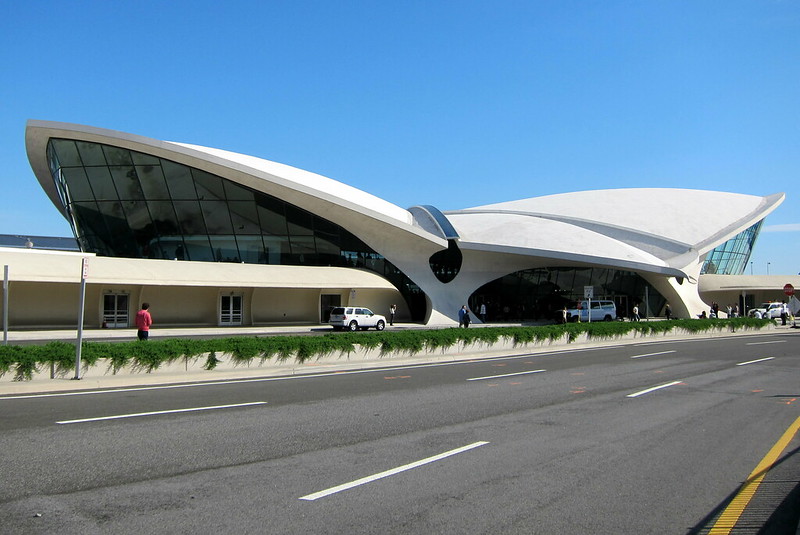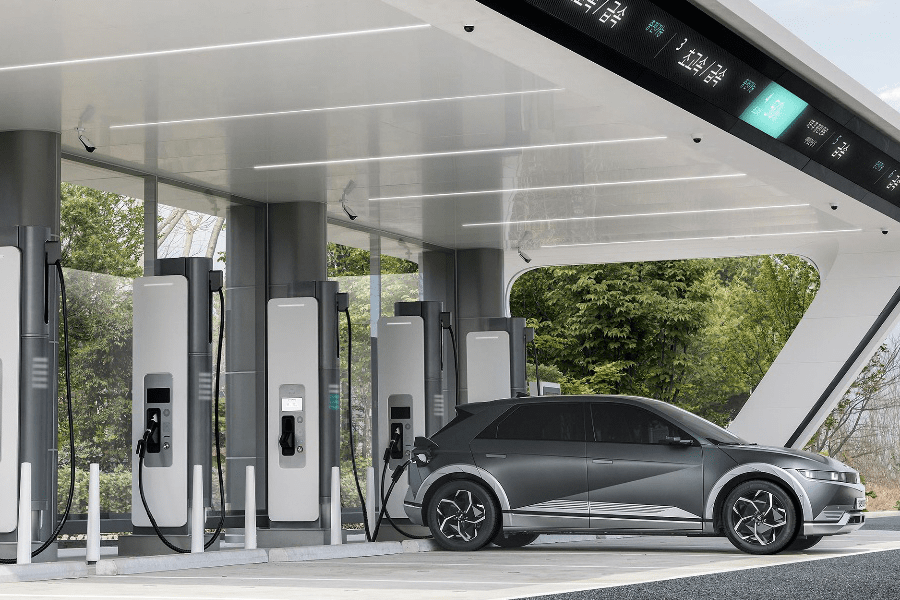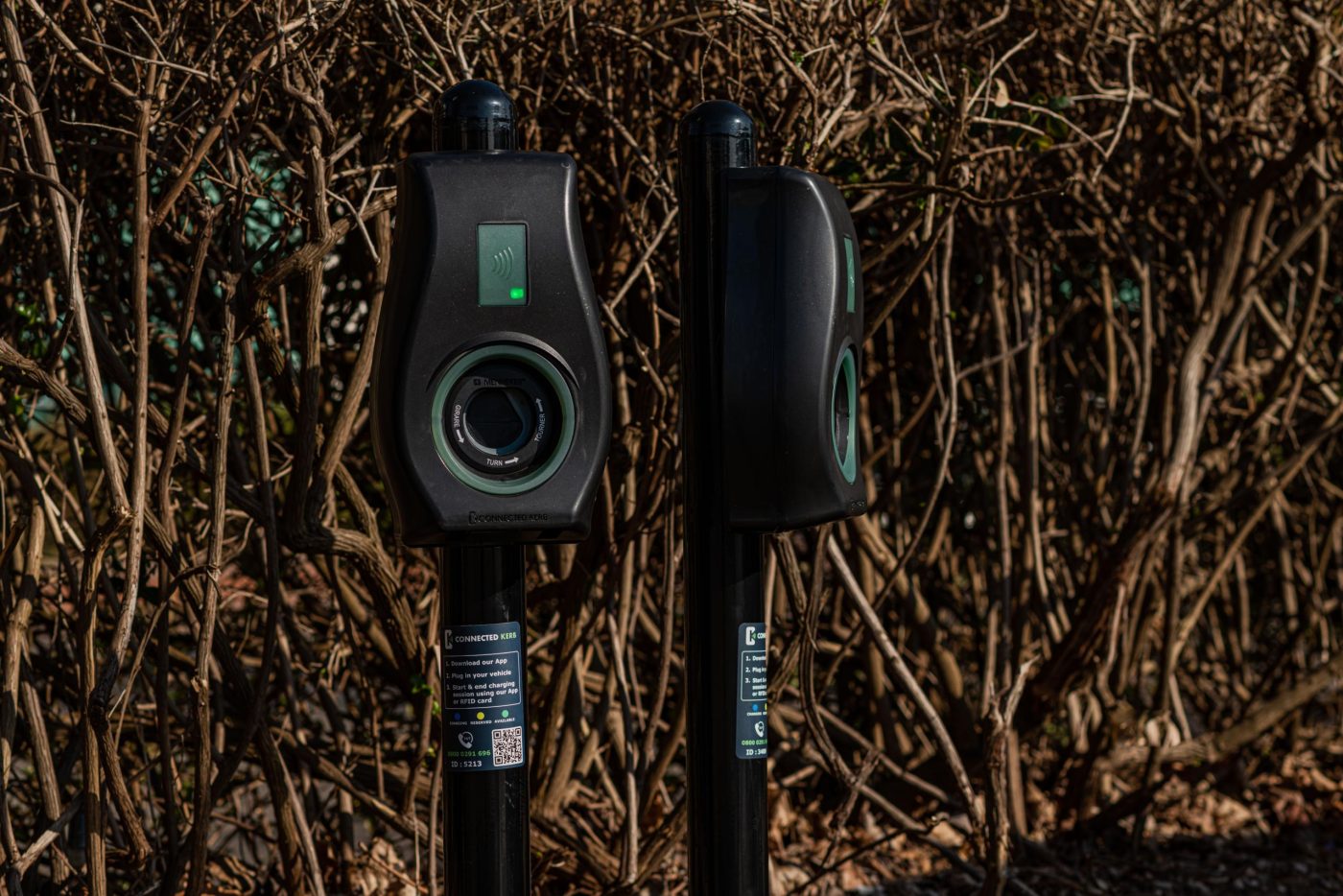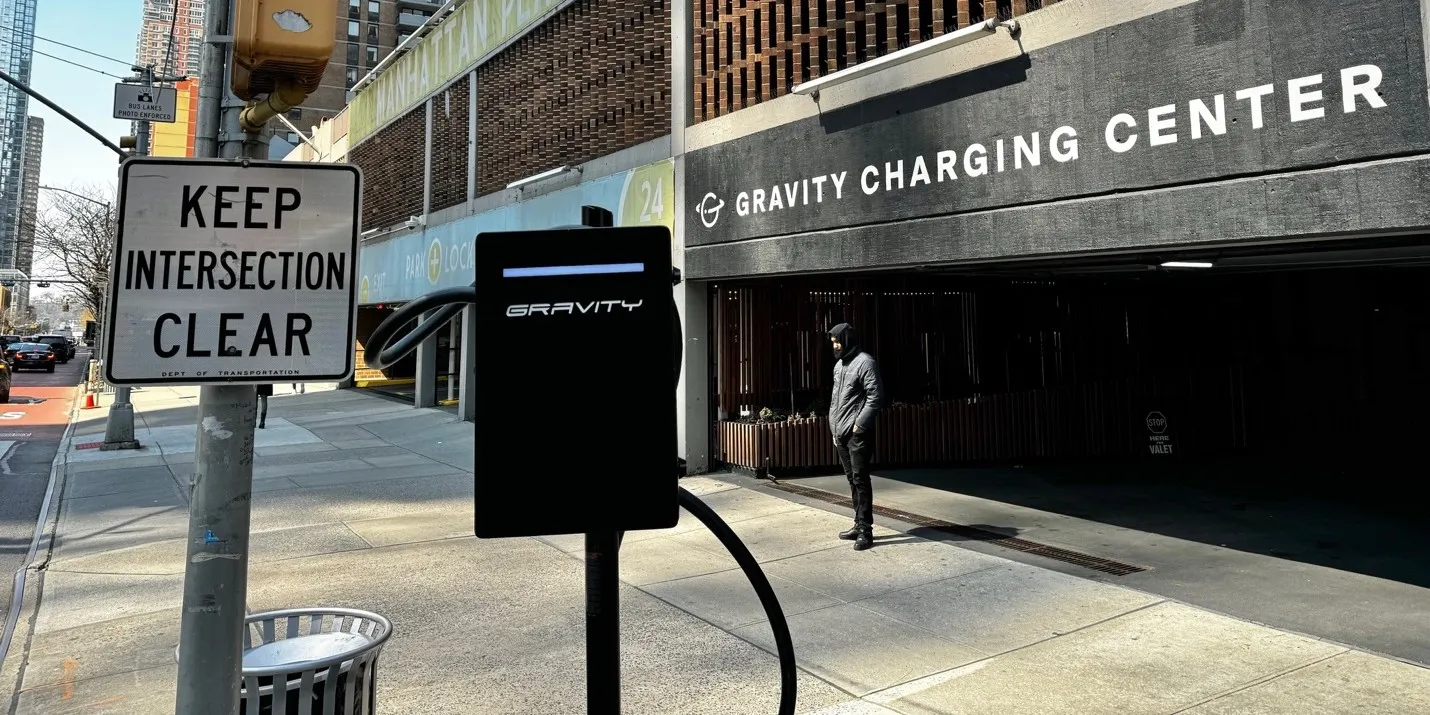Einride, a Swedish service provider specializing in electric transport, has unveiled its first “Smartcharger Station” in the US, in collaboration with infrastructure partner Voltera. Located in Lynwood, California, the facility is touted as North America’s largest operational charging station for heavy-duty electric trucks.
Situated near the ports of Los Angeles and Long Beach, crucial freight routes in California, the Lynwood charging park is strategically positioned. The ports handle a significant portion of international container shipping trade in the US, with Einride noting that 29% of this trade passes through Los Angeles and Long Beach.
The charging park features 65 chargers, allowing it to accommodate up to 200 vehicles per day. However, access is restricted to Einride customers, including shipping company Möller-Maersk, which has been using Einride’s BYD electric trucks since 2022.
Key to Einride’s offering is the integration of the charging park into its operating system, Saga. This integration provides customers with real-time updates on demand, location, timing, and utilization of the charging infrastructure, enabling “scalable efficiencies,” according to a press release.
While the facility primarily caters to tractor units, offering covered charging bays and amenities for drivers, it does not accommodate combinations with long trailers. Despite this limitation, Robert Falck, CEO and founder of Einride, views the launch of the Smartcharger Station as a significant step toward establishing digital, electric freight as a crucial component of a more resilient US freight system.
“This facility will enable a key region to fast track to electric, given its proximity to the Port of LA, one of the world’s busiest container ports and a driver of the US economy,” Falck stated.
Matt Horton, CEO of Voltera, highlighted the speed at which the Lynwood site was completed, emphasizing the project’s importance in informing the continued build-out of zero-emission vehicle infrastructure nationwide. “Our team learned a lot from this project that will help inform and guide our continued build-out of zero-emission vehicle infrastructure nationwide,” Horton said.

